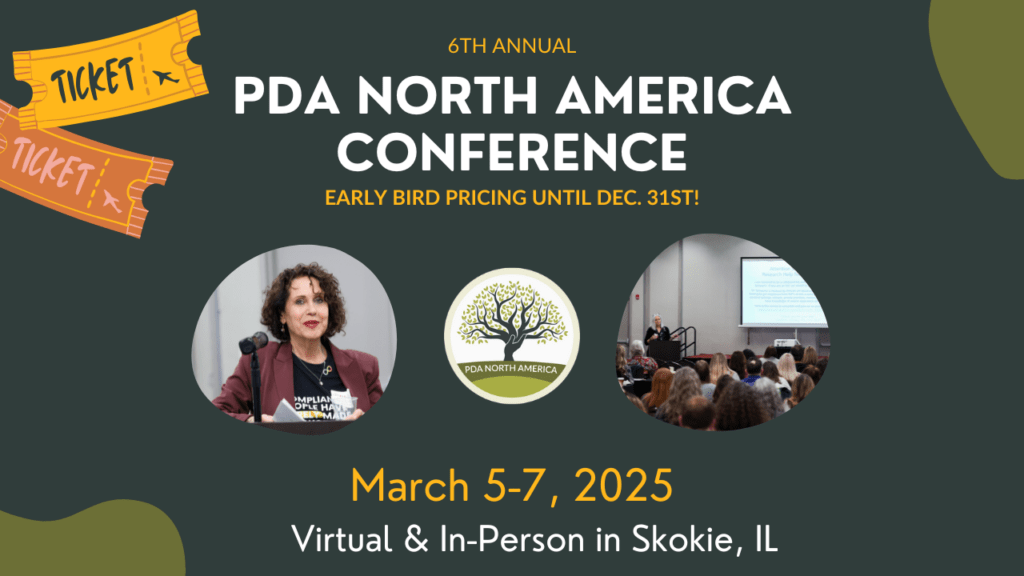By Brook Madera, No Pressure PDA
A graphic I made last year that attempted to tease apart different styles of demand avoidance was popular enough that I decided to repost it last week. I then decided it could use some expanding, and came up with the following:

It has since been shared almost a thousand times making it my most popular post to date, but it brought up additional questions I want to address here.
I also released a podcast discussing these things for those who prefer to listen to their content.
What about trauma?
A follower posed the question, “What about trauma?”
In my opinion trauma can look like each of these styles of avoidance. Some who go through trauma can seem distracted, have difficulty focusing, and appear impulsive (like ADHD). They can also need control over their choices or environment (like autism or PDA) to feel safe.
It can be difficult to discern which came first, but the the distinguishing feature is that while trauma can be treated, ADHD, PDA, and autism are the way the brain is. I myself once suspected trauma was the root of many of my struggles, but years of therapy and changes to my lifestyle yielded inconsistent progress.
In getting to know the PDA community I also found myself relating not only to the obvious avoidances, but the small things. Someone not reacting out of trauma, their ADHD, PDA and autism aren’t simply tied to triggers from traumatic events but touch on everything we do.
Keep in mind that those who are ADHD, PDA, and autistic are usually also traumatized because of how our differences make us vulnerable in mainstream society. We are singled out early as being “different” and/or put into environments that naturally stress our systems.
Autism and Extreme Demand Avoidance (EDA)
Speech and Language therapist Libby Hill suggests that while PDA is far less common, autism paired with EDA is more prevalent and the two are frequently confused. Extreme Demand Avoidance is a condition that occurs when an autistic person undergoes periods of stress and “burns out”, causing them to be drained by demands they otherwise could engage in.
This makes diagnosing PDA difficult because the main screening tool used to help diagnose (the EDAq) only measures external demand avoidant traits. Not all who are PDA shows their avoidance externally and openly, but those who are autistic with EDA would even though they were circumstantial and not pervasive like PDA is.
Libby and a team of 9 other professionals are trying to compile a new method of screening for PDA, and it’s difficult work. Finding a reliable differential diagnosis is important as the recommended techniques for PDA (flexibility, autonomy, variety, avoiding lists and structure) would not be helpful for an autistic person experiencing EDA. In fact, they make EDA worse.
Conclusion
My belief is that by isolating the different demand avoidant traits we can get a better idea of what motivates each one, and when we find out motivators we can then troubleshoot work-arounds; sometimes solutions.
Read more from Brook here.







